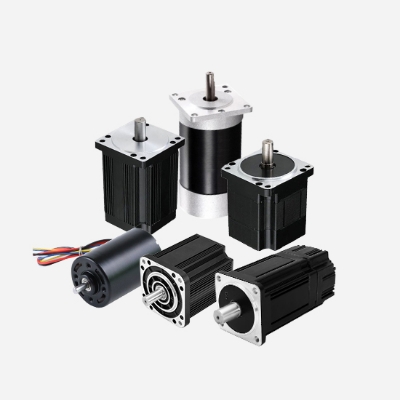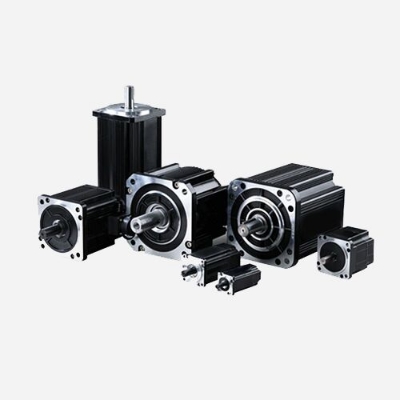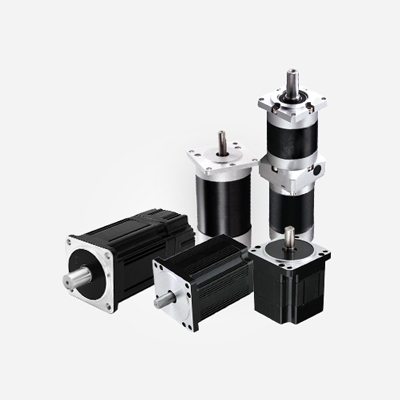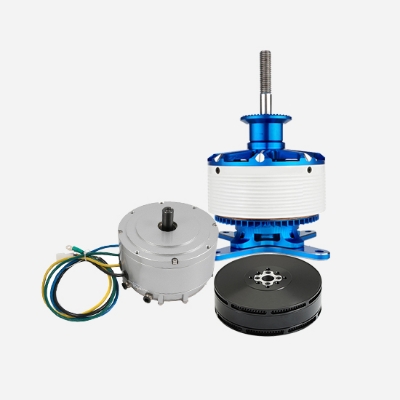When it comes to electric motor technologies, particularly in the fields of electric vehicles (EVs), robotics, and industrial machinery, hub motors and Brushless DC (BLDC) motors often come up as popular choices. While both are based on similar principles of electromagnetic induction, their design, application, and performance characteristics vary significantly. This blog aims to explore these differences in detail, providing insights that can help engineers, designers, and decision-makers make informed choices for their specific applications.
When choosing the right brushless motor for your drone, it’s important to consider multiple factors, including the motor’s size, KV rating, intended use, and budget. We hope this article has helped clarify how to make an informed choice. To further simplify your purchasing process, we also provide a Buying Guide to help you quickly find the ideal motor and compatible electronic speed controller (ESC). Whether you are a beginner or an experienced pilot, Brushless.com can offer you expert advice and high-quality products to ensure your drone achieves optimal flight performance.
Brushless motor technology is a breakthrough in modern engineering and is widely used in a variety of applications, with brushless gear motors and brushless DC motors being two of its common types. There are significant differences between them in terms of performance, applications, and working principles, In this article, Brushless.com will give you a detailed introduction to both motor types.
Brushless DC motors (BLDC motors) are gaining popularity in robotics due to their numerous advantages over other motor types. In this blog post, we discuss the characteristics, benefits, and applications of brushless DC motors for robotics.
A brushless DC motor, also known as a electronically commutated motor, is a type of electric motor that uses electronic commutation instead of brushes and a mechanical commutator, which are commonly found in traditional DC motors. Due to the absence of brushes and commutator. Because brushless motor has some components, it can better play the performance. In the following, we will introduce the components of BLDC motor.
Brushless motor has an irreplaceable role in the industrial field. It is precisely because of the outstanding role of brushless DC motor that it also needs long-term use. After the brushless motor is overloaded, the current will be too large, which will aggravate the motor fever, burn out the motor for a long time, and even cause a fire. So we should do a good job of maintenance, so as to make it work. So what should we do? In this article, we will introduce 4 tips about BLDC motor maintenance.
For most applications of BLDC (brushless DC) motor, it is advisable to use a motor controller, in fact, if you are using a brushless (electrically commutated "EC") motor, then you have to use a controller to fire the correct phase winding at the right time.
The brushless DC motor consists of a motor body and a driver and is a typical mechatronic product. A brushless motor refers to a motor without brushes and commutators (or collector rings), also known as a commutator-free motor. The brushless DC motor (BLDC) replaces the mechanical commutator with an electronic commutator, so the brushless DC motor not only has the characteristics of good speed regulation performance of the DC motor, but also has the characteristics of the simple structure of the AC motor, no commutation sparks, and reliable operation and the advantages of easy maintenance.
Essentially, electric motors are designed to convert electrical energy into mechanical energy, to be specific, the rotational motion of some shaft known as the rotor. The two most common motor designs include brushless and brushed motors. Today we’re going to discuss the benefits of brushless motors as compared to their brushed counterparts.
A Brushless servo motor is small in size, light in weight, high in force, fast response, high speed, small inertia, smooth rotation, and stable torque. The control is complex and easy to realize intelligence, and its electronic phase change is flexible and can be sine wave phase change.




